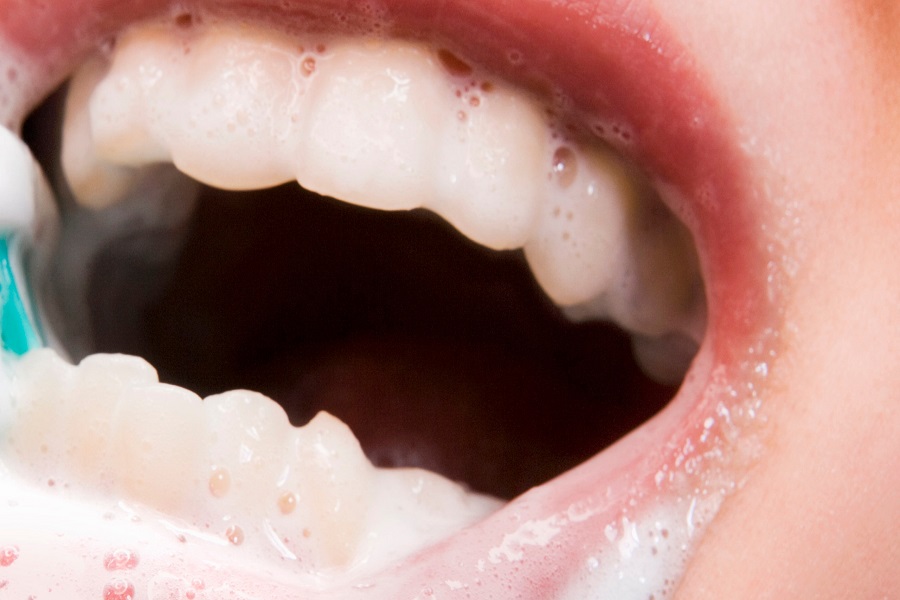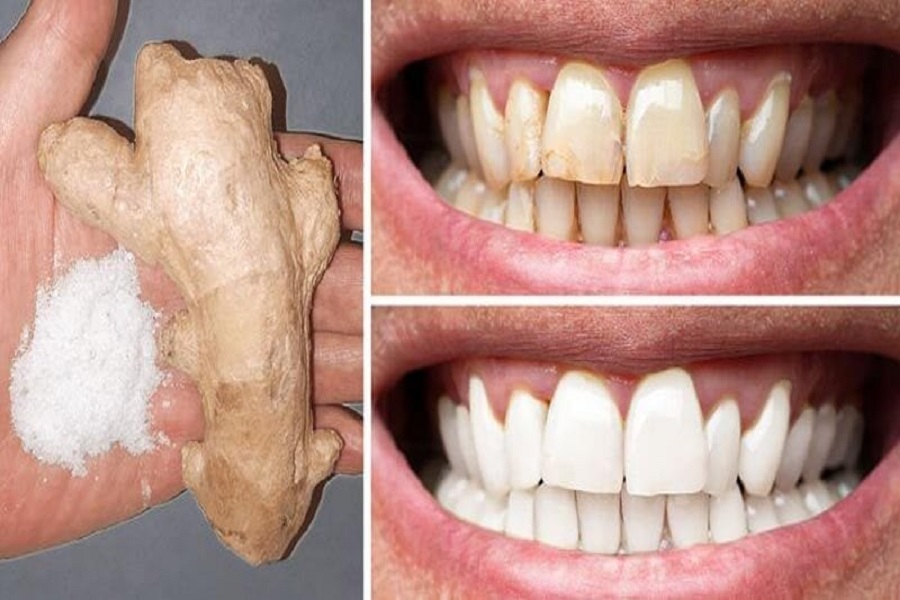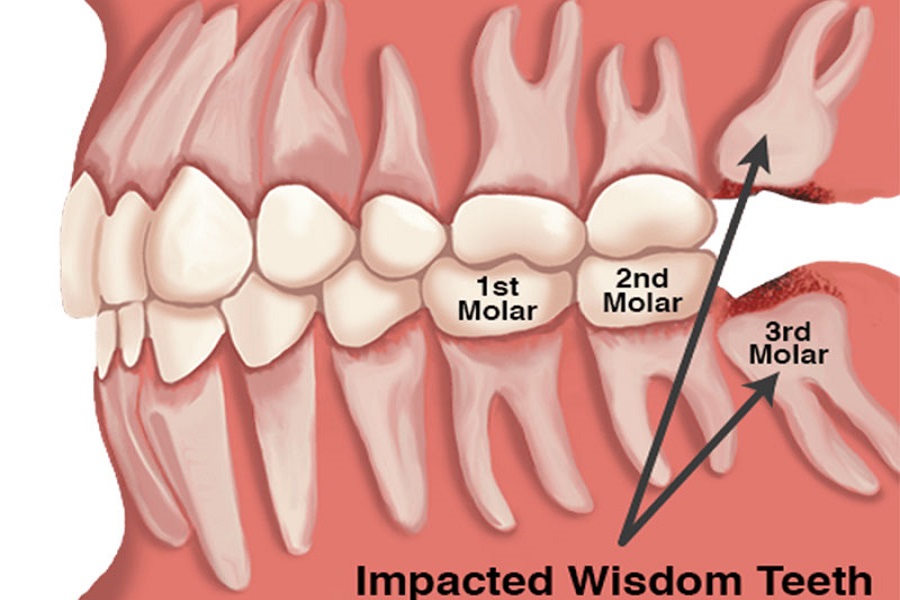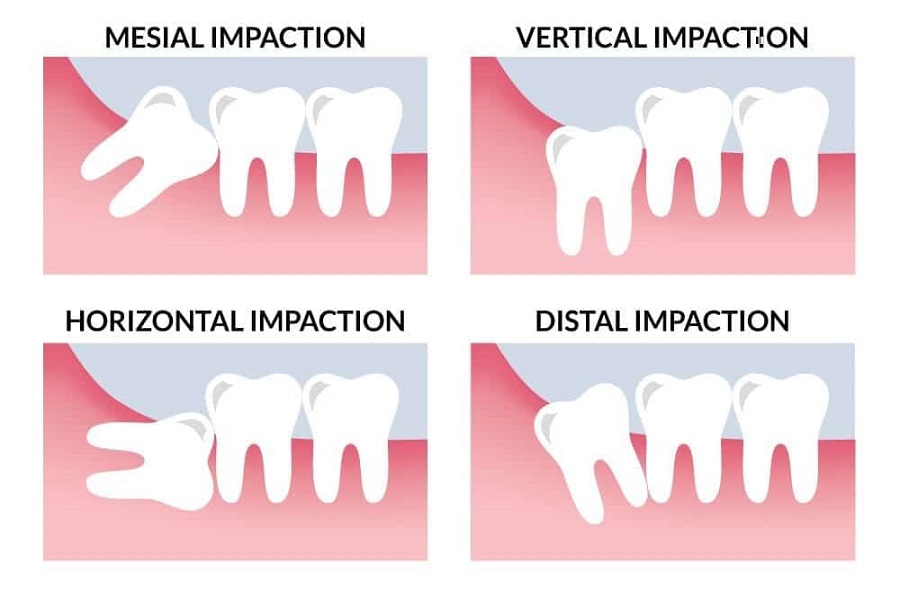In life, many people have black teeth due to drinking tea for a long time. Tea drinking is a common phenomenon in life. Dental fluorosis and black teeth not only affect the appearance of teeth, but also have a great impact on facial image. . So how to whiten the blackened teeth of adults? How to whiten the blackened teeth of adults? According to experts, there are many reasons for the blackening of teeth, which can be roughly divided into two aspects, namely endogenous and exogenous, and we Usually drinking tea black teeth are exogenous reasons. Brushing your teeth every day can remove dark pigments such as smoke stains and tea stains attached to the surface of your teeth and restore the original color of your teeth. However, if the pigment has penetrated into the interior of the tooth enamel, then brushing cannot achieve perfect results.
At this time, we can choose cold light whitening teeth, this whitening method is fast and convenient to operate. During the treatment, the high-efficiency whitening agent fully penetrates into the tooth tissue, and completely removes the residual granular structure pigment in the superficial, middle and deep layers of the tooth. Make the color of the enamel whiter, the gloss is better, and improve the ability of the enamel to prevent caries. Make the teeth brighter and stronger on the basis of whitening, and finally achieve white, lustrous and transparent teeth. Cold light whitening is to decolorize discolored teeth in order to achieve the purpose of restoring discolored teeth to whiteness. According to the different degrees of color problems of each person’s teeth, the general effect will vary from person to person, depending on the individual’s tooth structure, sensitivity to bleaching agents and the length of use. Generally speaking, cold light whitening has a good effect on various colorings such as tobacco, tea, and coffee, as well as tetracycline teeth and fluorosis teeth below moderate to mild, and also has a certain effect on heavier tetracycline teeth and fluorosis teeth.






























